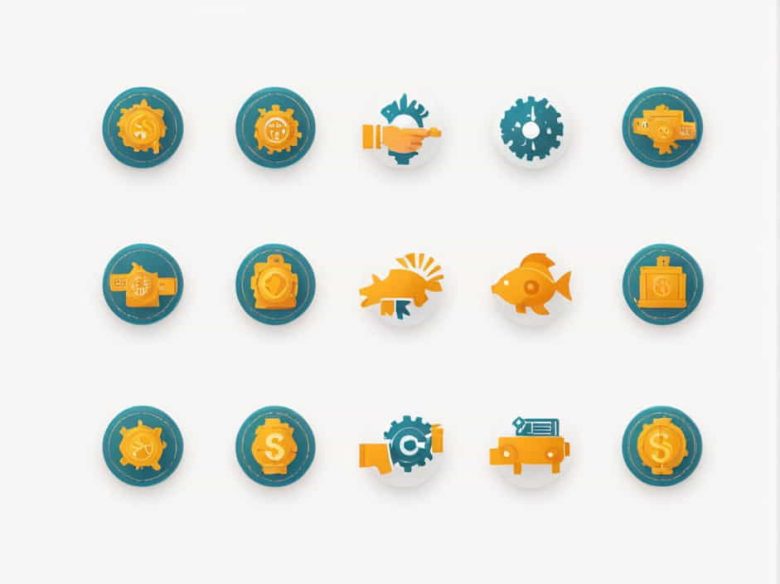A recession is a period of economic decline characterized by reduced consumer spending high unemployment and sluggish business activity. To counteract these negative effects governments implement recessionary fiscal policy—a set of measures designed to stimulate economic growth.
This topic explores the key components of recessionary fiscal policy how they work and their impact on the economy.
What Is Recessionary Fiscal Policy?
Recessionary fiscal policy refers to government actions aimed at boosting economic activity during a downturn. These measures typically involve increasing government spending and reducing taxes to encourage investment job creation and consumer spending.
Unlike contractionary fiscal policy which is used to control inflation recessionary fiscal policy expands the economy by increasing the overall demand for goods and services.
Key Components of Recessionary Fiscal Policy
1. Increased Government Spending
One of the most effective ways to stimulate the economy is through higher government spending. This spending can take various forms including:
- Infrastructure projects (building roads bridges and public facilities).
- Education and healthcare investments (funding schools and hospitals).
- Subsidies and financial aid (providing direct assistance to businesses and individuals).
By increasing spending the government creates jobs boosts demand for goods and services and injects money into the economy.
2. Tax Cuts and Incentives
Reducing taxes gives individuals and businesses more disposable income encouraging them to spend and invest. Common tax-related measures include:
- Lower income taxes to increase consumer spending.
- Corporate tax reductions to encourage business investment.
- Tax credits and deductions to support specific industries or economic activities.
For example a cut in payroll taxes puts more money in the hands of workers leading to higher consumption and demand for goods.
3. Direct Financial Assistance
During a recession governments often provide direct financial aid to individuals and businesses. This can take the form of:
- Unemployment benefits to support laid-off workers.
- Stimulus checks to increase household spending.
- Business grants and low-interest loans to keep companies operational.
These measures help maintain consumer purchasing power and prevent a further economic downturn.
4. Public Sector Job Creation
To address high unemployment governments may create jobs in the public sector by expanding government programs. This includes:
- Hiring more teachers healthcare workers and law enforcement officers.
- Funding community projects that provide temporary employment.
- Supporting green energy and technology initiatives to drive long-term growth.
Public sector job creation not only reduces unemployment but also boosts consumer confidence and spending.
5. Expansionary Monetary Policies (Coordination with Central Banks)
Although fiscal policy is managed by the government it often works alongside monetary policy implemented by the central bank. During a recession governments may coordinate with central banks to:
- Lower interest rates making borrowing cheaper for businesses and consumers.
- Increase money supply through bond purchases and other financial tools.
- Stabilize financial markets to prevent a banking crisis.
This combination of fiscal and monetary policies ensures a stronger and more effective economic recovery.
Impact of Recessionary Fiscal Policy on the Economy
1. Boosting Aggregate Demand
Increased government spending and tax cuts raise overall demand for goods and services encouraging businesses to expand and hire more workers.
2. Reducing Unemployment
Job creation efforts whether through direct hiring or incentives for businesses help lower unemployment rates and provide financial stability to households.
3. Encouraging Investment
With lower taxes and borrowing costs businesses are more likely to invest in new projects hire employees and increase production.
4. Strengthening Consumer Confidence
When people feel financially secure due to stimulus measures they spend more which further fuels economic recovery.
5. Managing the National Debt
Although recessionary fiscal policy often leads to higher government deficits the long-term goal is to revive economic growth which ultimately increases tax revenues and stabilizes debt levels.
Challenges and Risks of Recessionary Fiscal Policy
1. Increasing Government Debt
Expanding government spending without raising taxes can lead to higher national debt which may become unsustainable in the long run.
2. Inflationary Pressures
If stimulus measures overheat the economy they can lead to rising prices and inflation reducing the purchasing power of consumers.
3. Effectiveness of Policy Timing
The success of recessionary fiscal policy depends on how quickly and effectively it is implemented. Delayed action may lead to a prolonged recession.
4. Crowding Out Private Investment
Excessive government borrowing can increase interest rates making it more expensive for private businesses to invest.
Historical Examples of Recessionary Fiscal Policy
1. The Great Depression (1930s USA)
- The New Deal program under President Franklin D. Roosevelt increased government spending on public works projects reducing unemployment.
2. The 2008 Global Financial Crisis
- The American Recovery and Reinvestment Act (ARRA) included tax cuts direct payments and infrastructure investments to stimulate economic recovery.
3. The COVID-19 Pandemic (2020)
- Governments worldwide implemented stimulus checks unemployment benefits and business relief programs to prevent economic collapse.
Recessionary fiscal policy plays a crucial role in stabilizing and reviving the economy during downturns. By increasing government spending reducing taxes and providing financial assistance policymakers can boost demand create jobs and encourage investment.
However these measures must be carefully managed to prevent excessive debt and inflation. When applied effectively recessionary fiscal policy can accelerate economic recovery and restore stability to a struggling economy.



